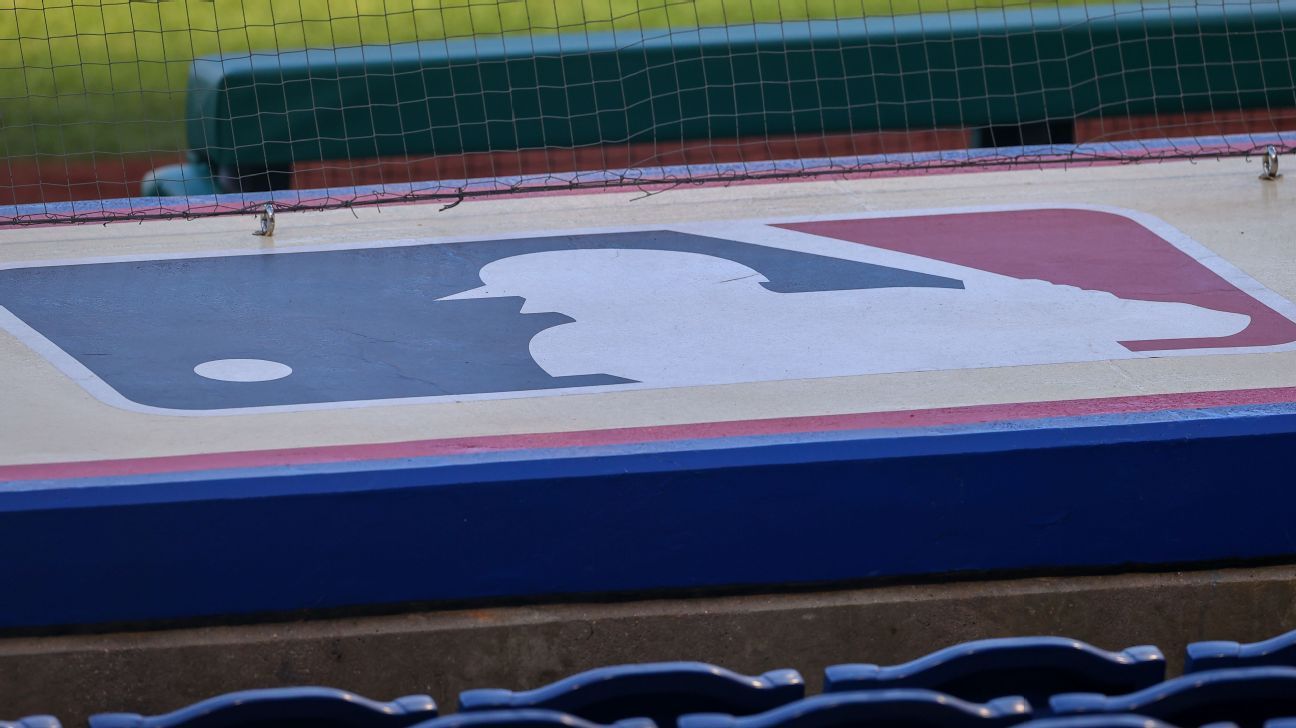Major League Baseball on Thursday requested the immediate assistance of a federal mediator to help resolve the sport’s lockout, sources told ESPN, potentially inserting the presence of a neutral party to end a work stoppage now in its third month.
The league reached out to the Federal Mediation and Conciliation Service, a governmental agency that attempts to help resolve labor disputes, sources said. Mediation is not mandatory, and the MLB Players Association would need to agree to the involvement of a third party.
MLB locked out players on Dec. 2 after the sides could not reach an agreement on a new collective bargaining agreement. Since then, the sides have met four times. None of the sessions has provided significant traction toward a new collective bargaining agreement after more than a quarter-century of labor peace.
An MLB spokesperson would confirm only that the request for mediation was made. The union declined comment.
Mediation, a process by which an outside party intervenes during labor strife, has been commonplace throughout the history of sports labor relations. The role of mediators is more to bridge communication issues between sides and help find middle ground than offer mandates or implement solutions. Mediators were used during MLBPA strikes in 1981 and 1994 — the latter of which did not wind up with a resolution.
Recent mediation efforts in other sports have provided successful outcomes. After helping resolve the 2013 National Hockey League lockout, mediator Scot Beckenbaugh, who remains the “master mediator” at FMCS, was praised by union members and league officials for helping create a path to a deal. Beckenbaugh also mediated the Major League Soccer strike in 2015 and a handful of other recent disputes between leagues and referees’ unions.
More than two decades earlier, mediation efforts in MLB had the opposite effect. Mediator Bill Usery angered players with his approach and was unable to save the 1994 World Series or reach an agreement for the beginning of the 1995 season. Hall of Famer Tom Glavine, a union leader at the time, said: “We were willing to compromise, and we have shown that. But Mr. Usery’s proposal was outrageous in many instances. We’d be giving away things we’ve gone on strike for previously. Mr. Usery couldn’t answer any questions about what a lot of his proposal meant.”
Then-MLBPA director Don Fehr expressed similar disappointment.
While the chasm between the union and league might not be as wide as it was in 1994, the inability of the parties to make progress has led to a near-certain postponement of spring training, which is scheduled to begin mid-month. Some in the industry, on both the league and player sides, fear that the March 31 opening day could be at risk if no resolution is reached by the end of February.
The issues at hand are manifold, though almost all revolve around the game’s core economics. The players, disgruntled because their average salaries have dropped four consecutive seasons, have said their largest priorities are getting players paid at earlier ages, removing artificial restraints from the market such as draft-pick penalties for signing free agents and draft-pick penalties for exceeding the luxury tax, fixing service-time manipulation and disincentivizing tanking. The league, which wants to keep player salaries flat, has sought expanded playoffs and the preservation of current rules governing free agency, arbitration and revenue sharing.
There have been areas of progress. The league agreed to remove direct draft-pick compensation and offered a universal designated hitter. The union said it would expand the postseason to 12 teams, short of the 14 MLB is seeking, and proposed allowing advertising patches on uniforms. Both sides are open to a draft lottery, with MLB proposing non-playoff teams be eligible for the top three picks while the union countered with the top eight picks being part of the system. MLB agreed to consider a bonus pool for non-arbitration-eligible players that would be for $10 million. The union, in its last proposal Tuesday, countered at $100 million, down $5 million from its previous offer.
The sides left the session acknowledging little progress had been made, though the union, sources said, was anticipating a counteroffer from the league at the end of this week. Instead, MLB, ahead of the owners meetings taking place in Orlando, Florida, next week, attempted to involve a mediator, who, if the union accepts the league’s efforts, could accomplish what neither side has been able to in 10 months of negotiating.
